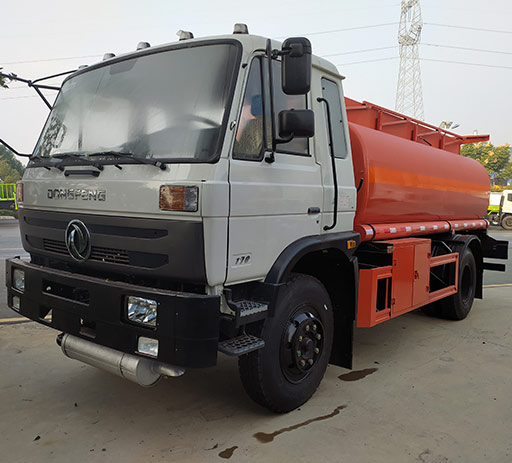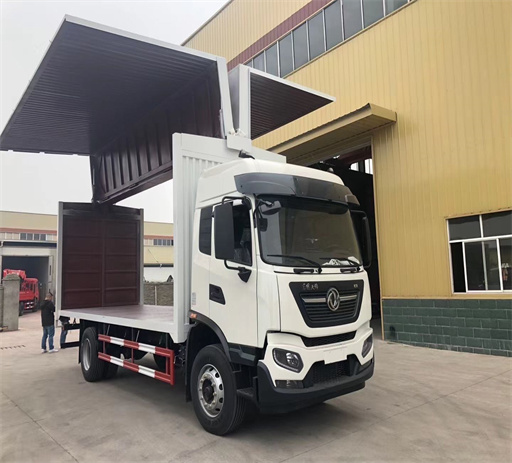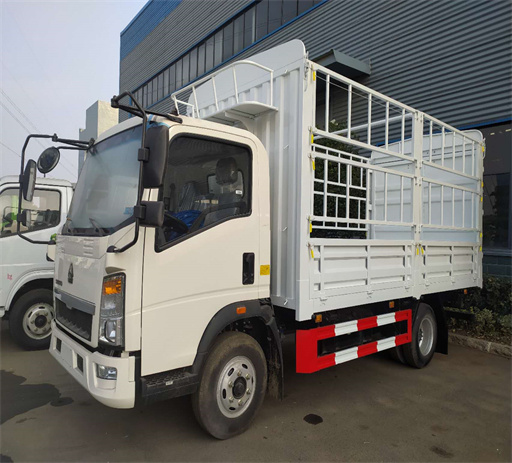Understanding the Difference Between Extended and Crew Cab: A Comprehensive Guide
Introduction
When choosing a pickup truck, one of the most significant decisions you’ll face is selecting the right cab style. Among the various options available, extended cab and crew cab configurations are two popular choices. Understanding the difference between an extended cab and a crew cab can help you make an informed decision that best suits your needs. This article delves into the nuances of each cab style, their benefits, drawbacks, and practical considerations, ensuring you find the perfect fit for your lifestyle.
What is an Extended Cab?
An extended cab features a compact rear seating area, designed to accommodate additional passengers or extra cargo. These cabs often include rear-hinged doors, making it easier to access the rear seats, yet they may not provide as much space as a crew cab.
Key Characteristics of Extended Cabs
- Seating Capacity: Typically seats up to five passengers, including front and rear seats.
- Rear Legroom: Limited legroom compared to crew cabs, making it more suitable for short trips.
- Compact Design: Offers a smaller footprint, contributing to better maneuverability.
Advantages of Extended Cabs
- Cost-Effective: Generally less expensive than crew cab models.
- Weight: Lighter, which may contribute to slightly better fuel efficiency.
- Versatility: Allows for occasional use of rear seats for additional passengers or cargo.
Disadvantages of Extended Cabs
- Limited Space: Less rear-seat legroom and comfort.
- Accessibility: Accessing the rear seats can be cumbersome due to smaller doors.
- Not Ideal for Large Families: May not comfortably accommodate more than two adults in the backseat.
What is a Crew Cab?
A crew cab is designed with a full-size rear seating area that provides more space for passengers. Typically featuring four full-sized doors, crew cabs prioritize passenger comfort and accessibility, making them ideal for families and those who frequently transport groups.
Key Characteristics of Crew Cabs
- Spacious Interior: Offers generous legroom and headroom in both front and rear seats.
- Four Full Doors: Provides easier access to rear seats, enhancing convenience for passengers.
- Higher Payload Capacity: Generally have higher payload capacities due to their robust construction.
Advantages of Crew Cabs
- Comfort: Ideal for family trips or rides with friends thanks to ample seating space.
- Accessibility: Doors open wide for easy entry and exit.
- Versatile Use: Suitable for work and leisure, accommodating tools in the truck bed and passengers in the cabin.
Disadvantages of Crew Cabs
- Higher Price: Generally more expensive than extended cab models.
- Less Fuel Efficient: Heavier overall, which may lead to reduced fuel economy.
- Larger Size: Can be more challenging to maneuver in tight spaces.
Comparative Analysis: Extended Cab vs. Crew Cab
| Feature | Extended Cab | Crew Cab |
|---|---|---|
| Seating Capacity | Up to 5 | Up to 6 or more |
| Legroom | Limited | Ample |
| Access to Rear Seats | Smaller rear doors | Four full-size doors |
| Overall Size | More compact | Larger |
| Price | Generally lower | Typically higher |
| Fuel Economy | Better | Worse |
Choosing the Right Cab Style for Your Needs
When weighing the options between extended cabs and crew cabs, considering your specific needs is crucial. Here are several factors to keep in mind:
1. Number of Passengers
If you frequently travel with multiple passengers, a crew cab is the better choice. Its spacious interior and ease of access make it perfect for families or groups.
2. Usage Needs
Consider how you’ll mainly use your truck. If you primarily use it for work, occasional carpooling, and don’t require a lot of passenger capacity, an extended cab may suffice.
3. Budget Constraints

If you’re on a tighter budget, an extended cab is typically more affordable. However, if you can stretch your budget and require extra space, a crew cab is worth the investment.
4. Fuel Economy
With a generally lighter build, extended cabs may offer better fuel economy but evaluating the long-term costs of each style can help in making a wise decision.
Practical Examples of Use Cases
Example 1: Extended Cab for Occasional Family Use
If you’re a single or couple with occasional family visits, an extended cab can accommodate your needs without the added expense of a crew cab. It’s perfect for shorter distances and fits well for localized trips.
Example 2: Crew Cab for Large Families

A family of four or more would benefit from a crew cab, providing ample room for kids, sports gear, and groceries. Trips to the soccer field or family gatherings become convenient and comfortable.
Common Misconceptions about Cab Styles

There are several misconceptions regarding extended and crew cabs. Here are some of the most prevalent:
Myth 1: Extended Cabs Are Only for Work
While extended cabs are often associated with work vehicles, they can serve as family vehicles too, provided their use aligns with short-distance travel.
Myth 2: Crew Cabs Are Too Large for Everyday Use
Crew cabs can feel large but modern designs have made them exceptionally easy to maneuver, even in urban environments.
FAQ Section
1. Can I fit child seats in an extended cab?
Yes, child seats can fit in extended cabs, but it can be more challenging due to limited space. Always check the cab’s specifications and requirements for installing child safety seats.
2. Are crew cabs safer than extended cabs?
Safety largely depends on the vehicle model and design rather than cab type. However, the extra space in a crew cab can provide a more secure environment for passengers during an accident.
3. Do extended cabs have storage options?
Yes, extended cabs often come with storage compartments beneath the rear seats for tools or personal items, making them practical for work-related needs.
4. What are the top models for extended and crew cabs?
Some popular models include the Ford F-150 for crew cabs and the Chevrolet Silverado for extended cabs. It’s essential to compare specifications and features for each model.
5. Can you customize the bed size for each cab style?
Yes, many manufacturers offer customizable bed sizes for both extended and crew cabs. It’s best to discuss options with your dealership.
6. Is insurance different for extended cabs versus crew cabs?
Insurance rates may vary based on the vehicle’s cost and specs. Generally, crew cabs might cost more to insure due to their higher value.
